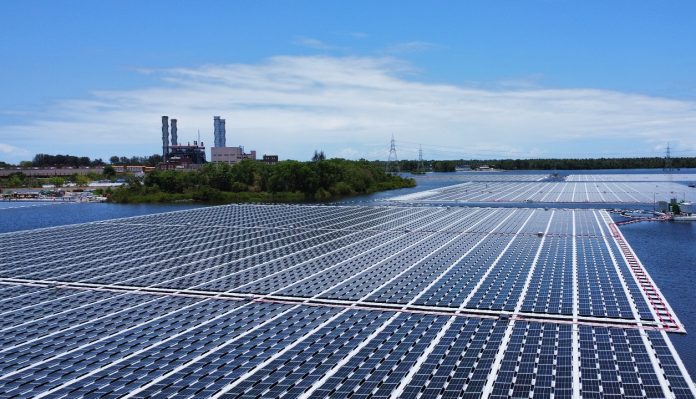The Role of Solar Power in Pakistan’s Energy Market: Potential and Progress
The role of solar power in Pakistan’s energy market has been growing steadily over the past few years, as the country grapples with a persistent energy crisis. With an estimated 40% of the population lacking access to reliable electricity, the government has been increasingly turning to renewable energy sources to help bridge the gap. Solar power, in particular, has emerged as a promising solution, given Pakistan’s abundant sunshine and the rapidly falling costs of solar technology.
One of the key drivers behind the push for solar power in Pakistan is the country’s energy mix, which is heavily reliant on imported fossil fuels. This dependence not only exposes the economy to volatile global oil prices but also contributes to a growing trade deficit. In this context, solar power offers a sustainable and cost-effective alternative, with the potential to reduce both the financial and environmental costs associated with conventional energy sources.
The government of Pakistan has recognized the potential of solar power and has taken several steps to promote its adoption. In 2013, the National Electric Power Regulatory Authority (NEPRA) introduced a net metering policy, which allows solar power producers to sell excess electricity back to the grid. This policy has been instrumental in encouraging both residential and commercial consumers to invest in solar power systems, as it provides a financial incentive for doing so.
In addition to the net metering policy, the government has also launched several large-scale solar power projects in recent years. One notable example is the Quaid-e-Azam Solar Park in Punjab, which was completed in 2015 and has a capacity of 100 megawatts (MW)。 This project was followed by the inauguration of the 50 MW Dawood Solar Park in 2020, which is expected to generate enough electricity to power 20,000 households.
These projects, along with numerous smaller-scale installations, have contributed to a significant increase in Pakistan’s solar power capacity. According to the Alternative Energy Development Board (AEDB), the country’s installed solar capacity has grown from just 100 MW in 2013 to over 1,600 MW in 2020. This represents a compound annual growth rate of more than 50%, highlighting the rapid progress that has been made in this sector.
Despite these achievements, solar power still accounts for a relatively small share of Pakistan’s overall energy mix, at around 3%. This suggests that there is considerable room for further growth, particularly given the country’s vast solar potential. According to the World Bank, Pakistan has the potential to generate up to 100,000 MW of solar power, which is equivalent to more than three times its current total installed power capacity.
To unlock this potential, the government will need to continue investing in solar power infrastructure and promoting the adoption of solar technology. This includes addressing some of the key challenges that have hindered the growth of the solar sector, such as a lack of financing options for solar projects and the need for a more robust regulatory framework.
In conclusion, solar power has emerged as a key component of Pakistan’s energy market, offering a sustainable and cost-effective solution to the country’s energy crisis. While significant progress has been made in recent years, there is still much work to be done to fully realize the potential of solar power in Pakistan. By continuing to invest in solar infrastructure and addressing the challenges facing the sector, the government can help to ensure that solar power plays an increasingly important role in the country’s energy future.






